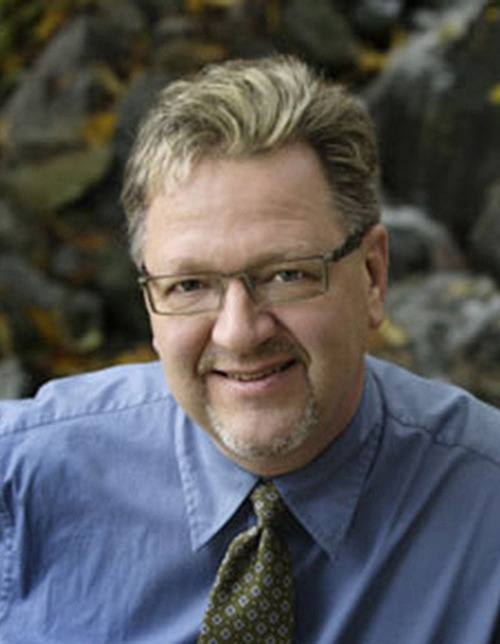As part of the Your Best Shot Amateur Photo Contest, The News recently posed six questions to Abbotsford professional photographer Andrew Simpson, who provided his input on the following topics:
Are there careers in the future for photographers? If so, which fields do you see as promising and realistic?
Although the field of photography is constantly changing, there is a future in photography for young photographers. Digital was a paradigm shift for photography, the same way the Konica auto-focus lens was in 1977. Many people see it as an opportunity to explore their passion. The fields I feel will be the most promising in the future are high school senior graduation portraits (this is not the typical cap and gown photography) and event photography. These are the two fastest growing right now.
How does one prepare for a career in photography– education, etc.?
I would suggest that all aspiring photographers, who wish to sell their talent and make a living of it, to first take a business course, know what their time and talent is worth and charge accordingly. Take many courses and hone your skills; join an association of fellow photographers (the Professional Photographers of Canada for example); and I would highly recommend going to an established photographer and apprenticing for at least two years.
Also remember that a great artist fixes the portrait before the paint dries. Try to perfect the image in camera, not on the computer. There are two books that I would say are must-reads: The E-Myth Revisited, by Michael E. Gerber, and From Passion to Profit by Andre Amyot. Honestly, I don't think any photographer should do their first paid assignment until they have read those two books.
There are four must-haves when it comes to running your own business in photography
1) You must have a business licence, even if you are a freelance photographer. If you are working and getting paid, there is no way around it.
2) Always have a backup camera, lenses, batteries and cards. Never do a shoot without them.
3) Although Facebook and other social media ARE great, having your own website is a must, ours for example, at www.photoart.ca
4) If you are photographing a corporate event/commercial product or anything that is a once-in-a-lifetime event (christening, bar/bat mitzvah, weddings, etc) you must have liability insurance. If someone injures themselves on your equipment, you are responsible and you can be sued, even with friends. I remember one incident I heard about. An amateur photographer friend of the bride was asked to do pictures at the wedding for next to nothing cost. A lady giving the toast to the bride tripped on the photographer's tripod, broke her ankle and sued the photographer who didn't have liability insurance. It put the photographer into bankruptcy!

What do you think the next major development will be in digital photography?
This is a harder question; the reason being is that technology is moving so fast the next big thing is likely already here. I suppose the next thing would be a much more advanced design of the Lytro, where it records all the depth-of-field information in the digital file, allowing for a simple click on the computer to change the focus, though in some ways I think the Lytro is going a little overboard because it takes the fun and passion out of getting that perfect image before sitting down at the computer. The other advancement I see is improvement in sensors for low-light conditions.
What are your essential pieces of can't-do-without-it kit, other than basic camera and lenses?
A few essential must-have pieces in my photography kit are spare cards, spare batteries, a reflector, and most importantly, a light meter, as you can never truly trust the in-camera light meter.
How does an amateur photographer take their work to the next level?
An amateur photographer can take it to the next level by experimenting, always trying to perfect, and know the mathematical and technical side of photography, not just the visual. The one thing I teach every aspiring photographer is to see with your eyes and imagine the photograph before looking through the lens. The depth of colour and contrast that we see with our eyes is far superior to that which the camera can capture, and even more so than what can be displayed on a screen or printed. www.facebook.com/photoartbysimpson
Andrew Simpson is an award-winning professional photographer whose career has spanned decades in Abbotsford. His son Andrew William (pictured above) now works with him, and collaborated on the responses to the questions.
